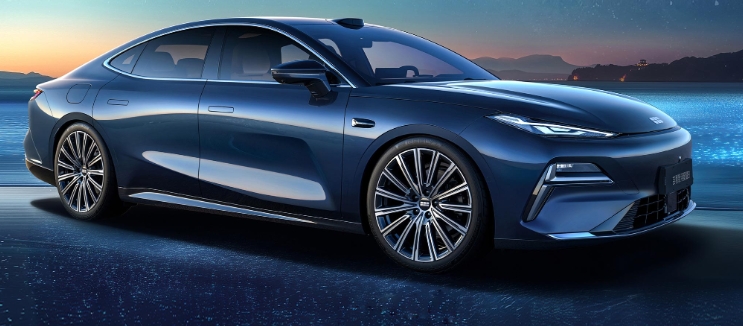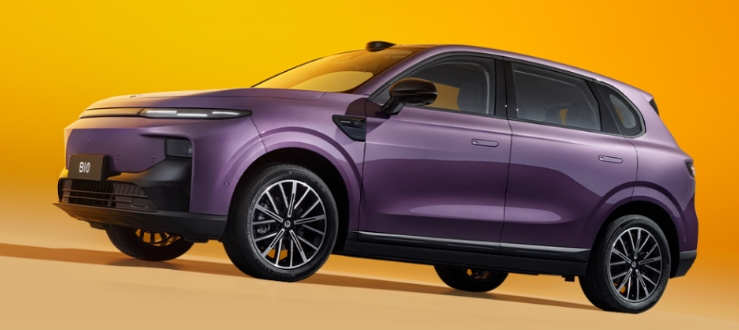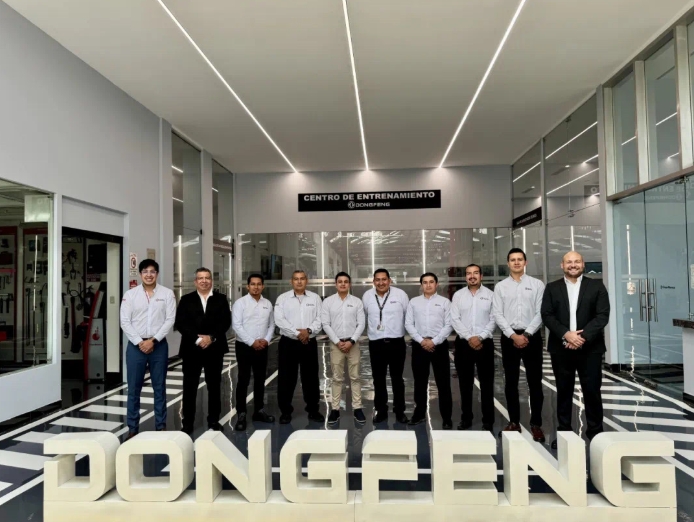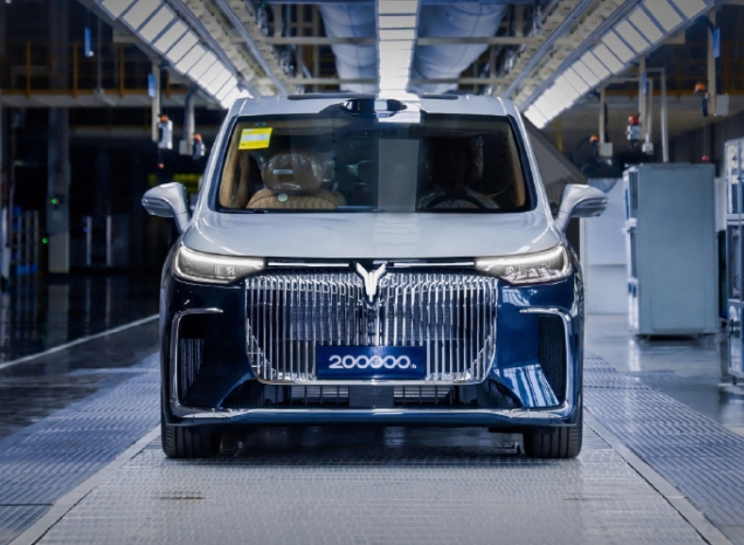South Korea has announced the permanent closure of another nuclear reactor, as the country continues to phase out thermal power generation and increase the use of renewable resources for electricity.
The government wants to raise the amount of renewable energy sources in its total power generation to 20% by 2030, and to 30% to 35% by 2040. The moves are part of the country’s “Renewable Energy 3020” plan announced in December 2017, designed to reduce the country’s dependence on thermal generation. John Karr, chief operating officer at SophisticatedInvestor.com, told POWER, “the impetus of this new energy policy is to create a high-efficiency, lower-consumption energy market in South Korea. This new agenda marks a turning point, where environmental effects and safety concerns have directly influenced the creation of government policy.”
Renewable energy today accounts for just under 10% of South Korea’s total power output. Coal-fired power from 60 operating units accounts for about 40% of the country’s generation, with nuclear power accounting for about a quarter of power output. The country’s Nuclear Safety and Security Commission in late December 2019 approved an application to permanently close the Wolsong 1 reactor in Gyeongju, about 230 miles southeast of the capital Seoul. Korea Hydro and Nuclear Power Co. (KHNP), the country’s nuclear reactor operator, last year said it wanted to close Wolsong 1 due to ongoing maintenance costs.
Wolsong 1, the second-oldest operating reactor in the country, entered service in 1983, and was licensed to operate through 2022. South Korea has a long-term energy plan that calls for the retirement of 11 of the country’s 25 remaining operational reactors (including the 679-MW Wolsong 1) by year-end 2030. Wolsong 1, one of four reactors at the site (Figure 1), has been offline since May 2017.
South Korea, like other countries, has been looking to reduce reliance on nuclear power since the Fukushima disaster in Japan in 2011. The country is, however, building two new reactors, Shin Kori 5 and Shin Kori 6, in the southern port city of Ulsan. The country is in the midst of a temporary winter shutdown of more than a dozen coal-fired power plants, and the country’s energy ministry said as many as 27 coal plants could be idled in March, as part of an effort to reduce high levels of pollution. The energy ministry said idling the coal plants would cut fine dust emissions by 44% over the three months from December 2019 to February 2020, compared to the same period in 2018–2019. Officials said the shutdowns—and a move for operating plants to maintain power output at about 80% of capacity—would not affect the supply of electricity.
The government reported that several major cities had record-high concentrations of particulate matter in 2019; areas of the country were covered in fine dust, and officials called the country’s air pollution a “social disaster.” South Korea also implemented an alternate-day ban on non-essential vehicles on the roads in major cities, a move that began in November 2019 and is continuing at least through February. The country has blamed China for some of its pollution problems; South Korean public health experts have said China is responsible for as much as 70% of fine dust pollution in the region around Seoul, which is home to about half of South Korea’s population. China has disputed those claims.
As part of South Korea’s new energy policy focused on environmental goals, government officials said they are prepared to invest as much as 950 billion won ($813 million) this year to subsidize electric vehicles and expand the charging station network in the country. That investment would represent a 60% increase from 2019. The government also said it would earmark 204 billion won ($174 million) to support e-mobility research and development projects of Korean companies, including financial incentives such as subsidies and tax deductions for auto parts manufacturers. The government has set a goal that by 2030, at least 25% of its vehicle exports, and at least a third of its domestic market, will consist of EVs or other non-gas-powered engines. The energy ministry in December said non-gas-powered vehicles accounted for 10% of the country’s auto exports in 2019, up from just 1% four years earlier. President Moon Jae-in last year said Korean companies should invest 60 trillion won ($51 billion) in environmentally friendly vehicle technologies, including fuel cells.







